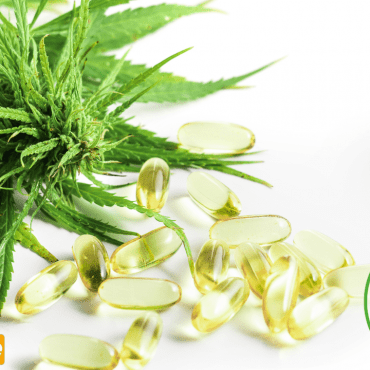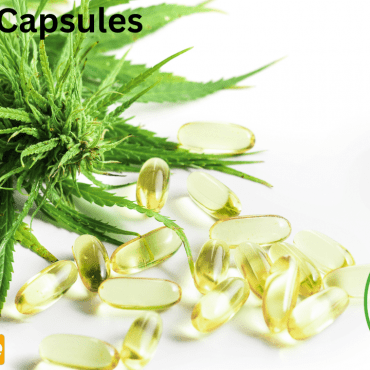How developing endocannabinoid systems sync with medical compounds found in cannabis plants:
A Guide To Cannabis For Pediatric Patients, the usage of cannabis to treat illnesses is not a new thing in medicine. Human beings are utilizing the therapeutic effects of cannabis for hundreds of years. But when it comes to the usage of cannabis to treat children, parents get nervous.
We will examine how cannabis use helps with many medical conditions in children, but we need to know the science behind cannabis.
A Guide To Cannabis For Pediatric Patients, the medicinal compounds in the cannabis plant interact with a complex system in the brain and body called the endocannabinoid system (ECS). The ECS is a signaling system responsible for maintaining a balance of the chemical messages sent between our cells. The human body produces compounds called endocannabinoids, these “cannabis-like” molecules similar to the cannabinoids found in the cannabis plant. Endocannabinoids work to maintain the homeostasis — balance — of our cells. When there is an imbalance in these compounds, the disease may result. We’ve only known about the ECS since 1988. Still, recent research allows us to understand the critical role it plays in disorders that have previously not been well understood or effectively treated.
What about children who are not medically well?
On the contrary, there must be More and more research to establish the effects of cannabis in minors who are medically unwell. Cannabis plants are our source of CBD. CBD is not intoxicating, and it has many medical benefits as well. CBD has medical value due to its anticonvulsant, antioxidant, anti-anxiety, antipsychotic, anti-inflammatory, and antitumoral properties. A plant of cannabis grown with a huge amount of CBD and less amount of THC. Such plants known as CBD-rich strains. Although such plants have THC in small amounts, the effects of CBD dominate the plant.
Although not much research undergone with CBD, no one ever reported any negative effect on children. In fact, doctors using CBD for treatment see children who previously had a very poor prognosis with uncontrolled seizures, developmental delay, and cognitive dysfunction are now progressing development instead of regressing.
Medical cannabis and epilepsy:
Epilepsy is a neurological disorder. It harms the patients’ lives, which triggered a movement to use CBD-rich cannabis to treat epilepsy. Scientists are on the side of this movement because they believe using cannabis to treat epilepsy is effective. Researches have proved that people who have epilepsy have a deficiency of the endocannabinoid system in their bodies. This deficiency leads to a state in which the flow of the neurotransmitters excites, which triggers the abnormal firing of the brain’s cells. CBD is helpful to decrease this overexcitement.
Cannabis for pediatric autism:
Communication difficulties, repetitive behaviors, and social challenges are the most challenging symptoms of families with autism. However, medicines availability to treat irritability which associates with autism. These medicines are antipsychotics. But these medicines have side effects, and also, these medicines are not so effective when it comes to the treatment of autism.
A number of children with autism are getting benefits of cannabis oil and are experiencing less repetitive behaviors, less anxiety, and better social interaction.
Weed for pediatric cancer:
Cannabis a widely accepts to relive the severe side effects of chemotherapy and radiation. Patients get desperate to find a cure when told that cancer treatment is not working.
people use Cannabis to increase the effects of specific chemotherapeutic agents. Only two clinical trials conducted on humans, both in patients with recurrent glioblastoma multiforme, an aggressive brain tumor. Both studies report benefits with cannabis oil that included both THC and CBD. Cannabis is proving to be a safe option for these very ill children.
We recommend This Rainbow Waterpipe




Add Comment